| Uses: 19 to 24 of 99 NextPage Go to Page: 1 2 3 4 5 6 7 8 9 10 11 12 13 14 15 16 17 | |
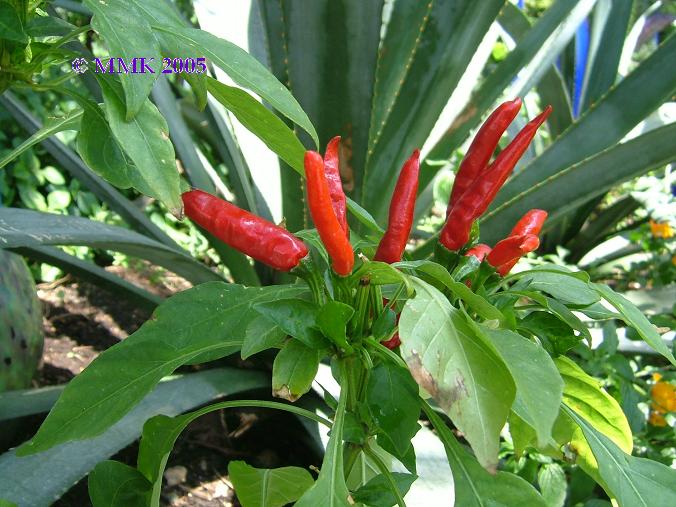
|
Chili Pepper
Botanical Name: Capsicum annuum, C. Frutescens, C. chinense The fruit is eaten cooked or raw for its fiery hot flavour which is concentrated along the top of the pod. The stem end of the pod has glands which produce the capsiacin, which then flows down through the pod. Removing the seeds and inner membranes is thus effective at reducing the heat of a pod.Well-known dishes with a strong chili flavour are Mexican salsas, Tex-Mex chili con carne, and Indian curries. Chili powder is a spice made of the dried ground chilis but with small amounts of cayenne added for heat. Bottled hot sauces such as Tabasco sauce are made from Tabasco chilies, similar to cayenne, which may also be fermented.Korean, Indian, Indonesian, Szechuan and Thai cuisines are particularly associated with the chili pepper, although the plant was unknown in Asia until Europeans introduced it there.Sambal is dipping sauce made from chili peppers with any other ingredients such as garlic, onion, shallots, salt, vinegar and sugar. It is very popular in Indonesia, Malaysia and Singapore. |
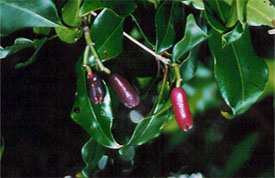
|
Clove
Botanical Name: Eugenia aromaticum, Eugenia caryophyllus Cloves can be used in cooking either whole or in a ground form, but as they are extremely strong they are used sparingly. The spice is used throughout Europe and Asia and is smoked in a type of cigarettes locally known as kretek in Indonesia and in occasional coffee bars in the West, mixed with marijuana to create marijuana spliffs. Cloves are also an important incense material in Chinese and Japanese culture. |
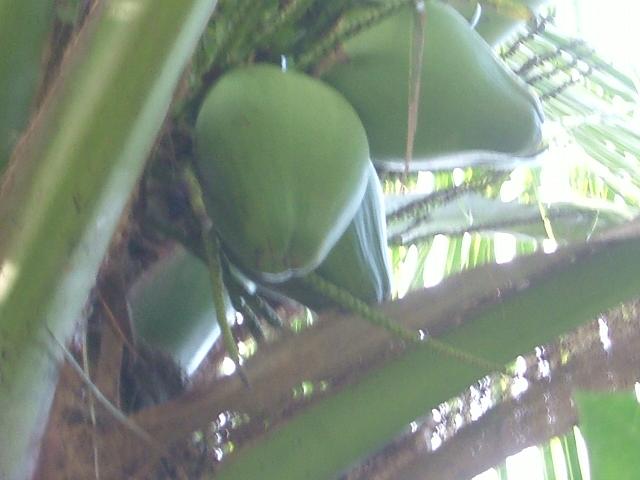
|
Coconut
Botanical Name: Cocos nucifera The coconut has hundreds of uses. The white, fleshy part of the seed is edible and used fresh or dried in cooking.The cavity is filled with 'coconut water' containing sugars, fibre, proteins, anti-oxidants, vitamins and minerals, which provide excellent isotonic electrolyte balance, and an exceptional nutritional food source, which is why it is used as a refreshing drink throughout the humid tropics. It is also used in the making of the gelatinous dessert nata de coco. Mature fruits have significantly less liquid than young immature coconuts. Coconut water is sterile until the coconut is opened (unless the coconut is spoiled).Sport fruits are also harvested, primarily in the Philippines, where they are known as macapuno.Coconut milk (which is approximately 17% fat) is made by processing grated coconut with hot water or hot milk which extracts the oil and aromatic compounds from the fibre, and should not be confused with the juice found naturally in young coconuts, called coconut water or coconut juice.Coconut cream is what rises to the top when coconut milk is refrigerated and left to set.The leftover fibre from coconut milk production is used as livestock feed.The sap derived from incising the flower clusters of the coconut is fermented to produce palm wine, also known as 'toddy' or, in the Philippines, tuba. The sap can also be reduced by boiling to create a sweet syrup or candy. |
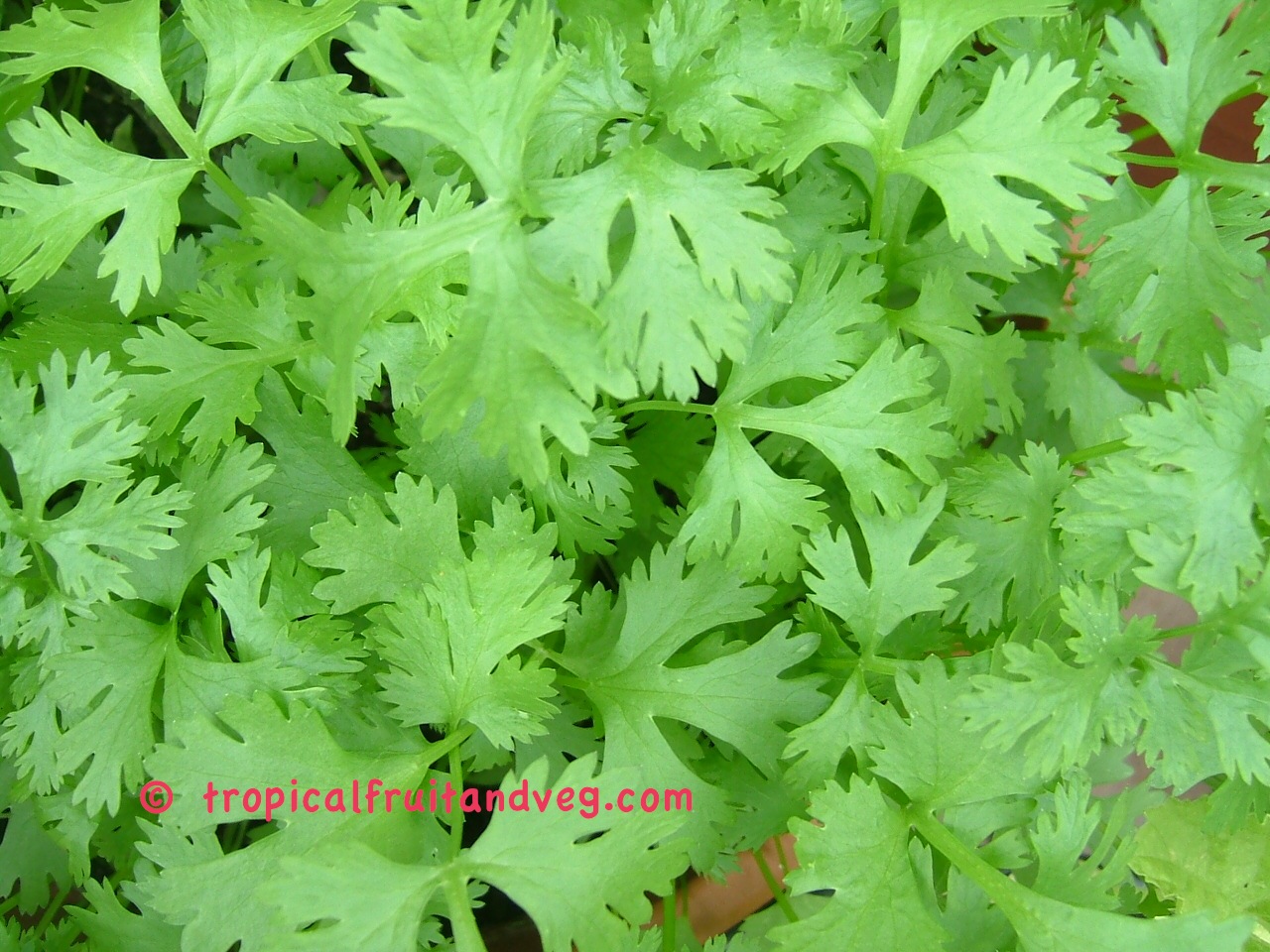
|
Coriander
Botanical Name: Coriandrum sativum All parts of the plant are edible, but the fresh leaves and the dried seeds are the most commonly used in cooking. The leaves have a very different taste from the seeds, similar to parsley but 'juicier' and with citrus-like overtones. Chopped coriander leaves are also used as a garnish on cooked dishes such as dal and many curries. As heat diminishes their flavour quickly, coriander leaves are often used raw or added to the dish right before serving. The fresh coriander herb is best stored in the refrigerator in airtight containers. The leaves do not keep well and should be eaten quickly, as they lose their aroma when dried or frozen. Dried coriander seeds are crushed and used in curry dishes as well as many middle eastern dishes. Coriander seeds are also used in brewing certain styles of beer, particularly some Belgian wheat beers. The coriander seeds are typically used in conjunction with orange peel to add a citrus character to these styles of beer. Coriander roots are used in a variety of oriental cuisine most commonly in Thai dishes. |
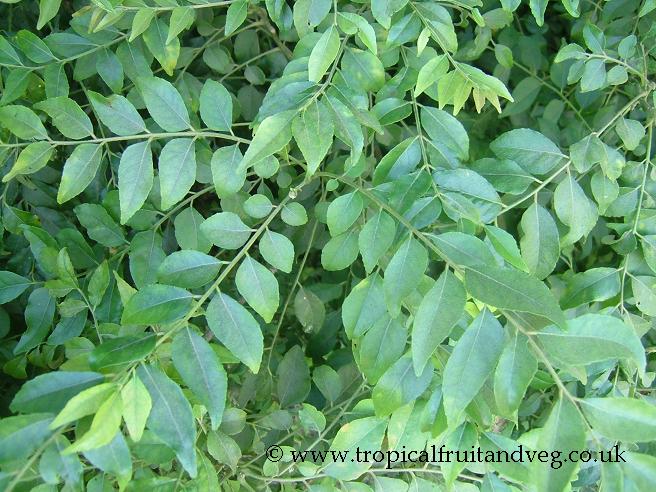
|
Curry Leaf
Botanical Name: Murraya koenigii, Bergera koenigii Curry leaves are highly aromatic and are commonly used as seasoning in Indian and Sri Lankan cooking, much like bay leaves and especially in curries with fish or coconut milk. In their fresh form they have a short shelf life and may be stored in a freezer for up to a week; they are also available dried, although the aroma is inferior. |

|
Custard Apple
Botanical Name: Annona reticulata The fruit is eaten fresh or mixed in drinks but is not as sweet or as popular as its close relative sugar apple. |
| 19 to 24 of 99 NextPage Go to Page: 1 2 3 4 5 6 7 8 9 10 11 12 13 14 15 16 17 | |